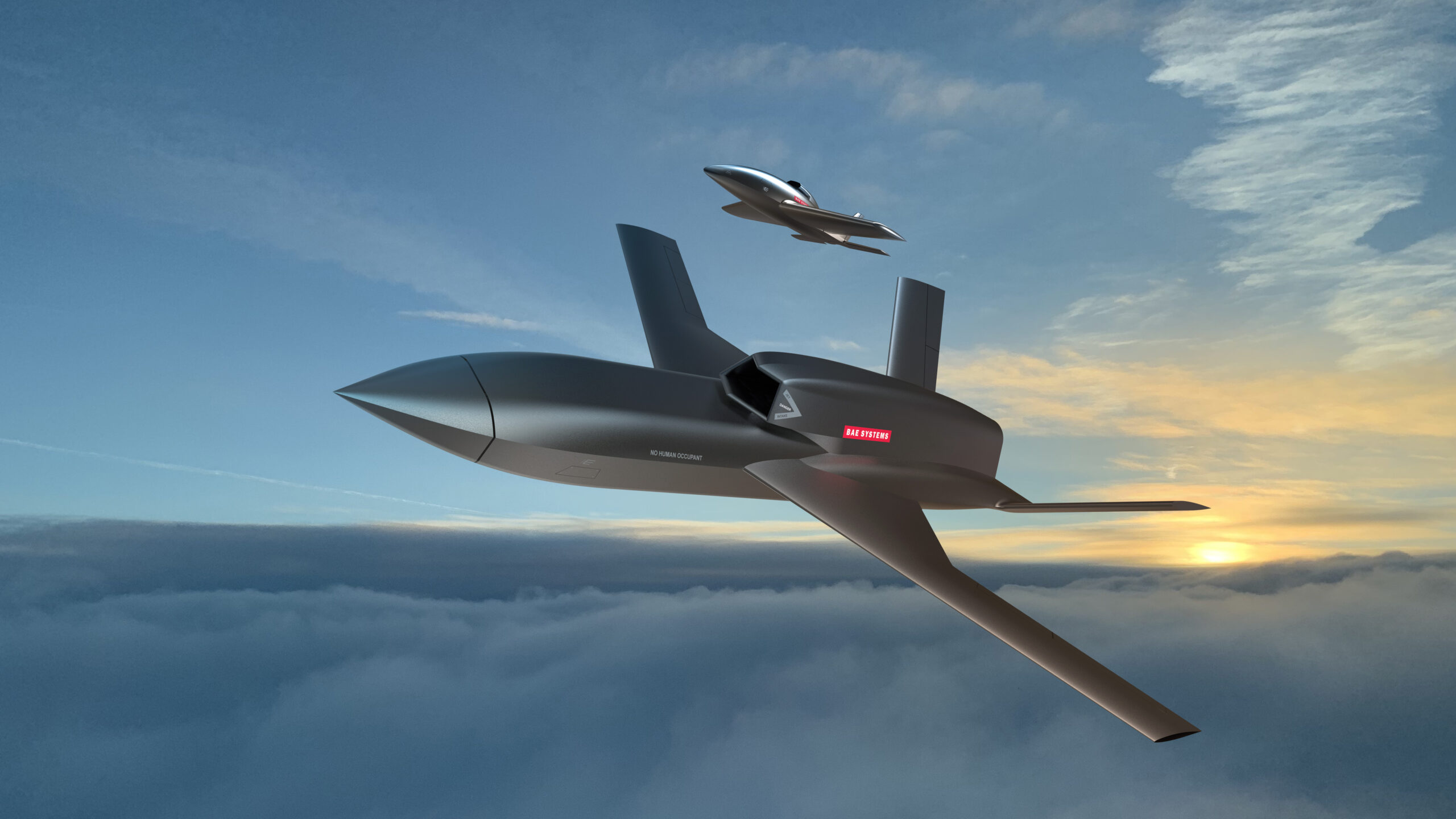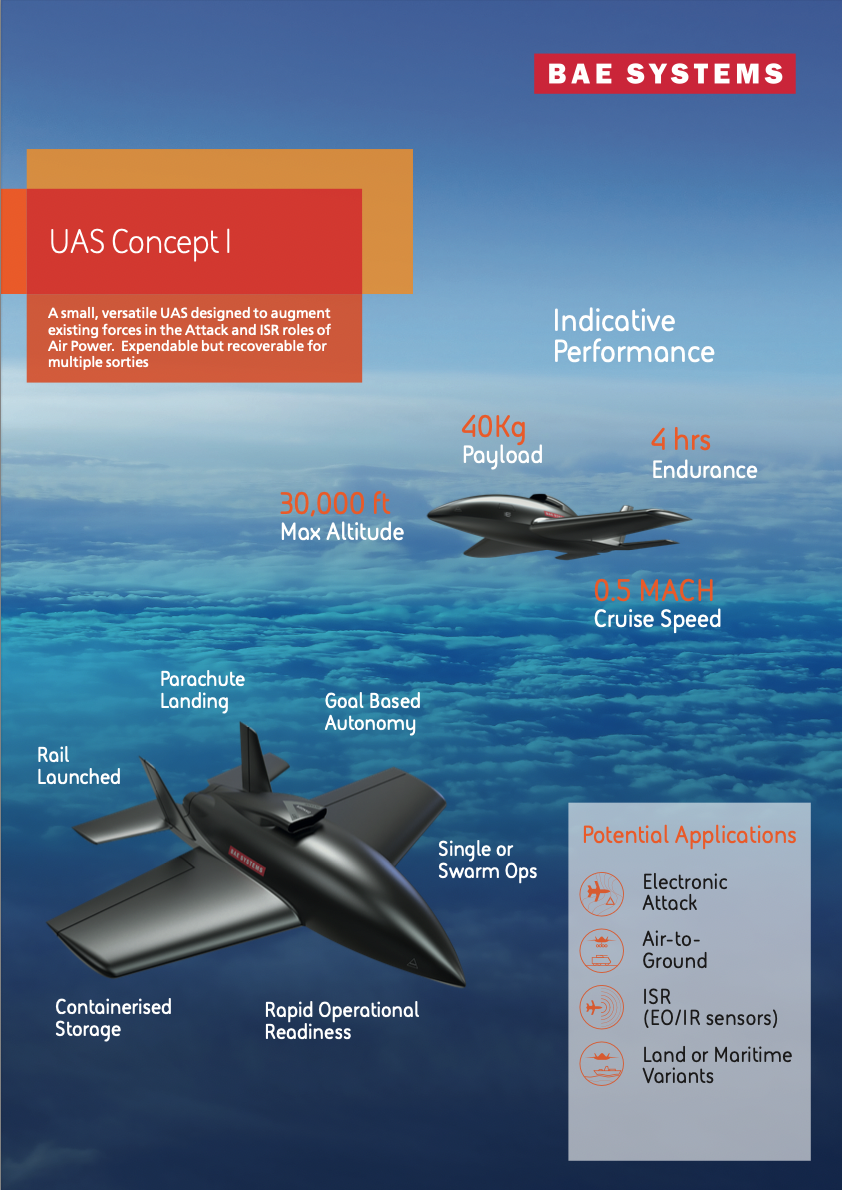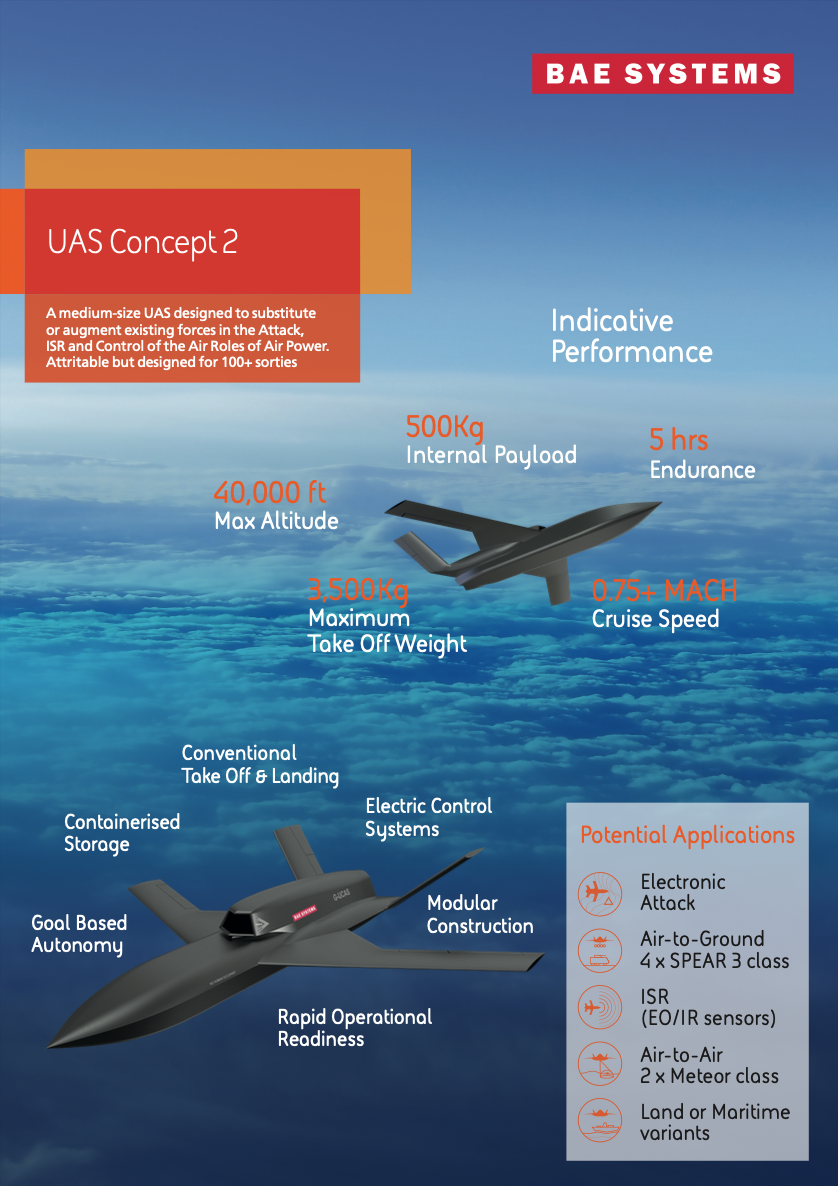
In an increasingly chaotic, congested and data-heavy multi-domain battlespace, the way the warfighter needs to operate is rapidly evolving.
The requirement to harness information and use it to provide battle-winning situational advantage increasingly key.
Critical too will be the development of affordable, agile and rapidly deployable and upgradable capabilities which can operate as part of a network of connected systems to ensure the right information can be gathered and interpreted, and the right capability can be deployed to the right place at the right time.
Recognizing this, BAE Systems believe autonomous systems will play an essential role in this modern battlefield environment.
Building on its significant ongoing work in revolutionary and next generation technologies, the company has started to demonstrate some of the early lifecycle work it is undertaking in this area, and how it believes these capabilities will play a key role in maintaining operational advantage in information-rich landscapes for tomorrow’s warfighters across a wide variety of scenarios and roles.
Here, Steve Reeves, Head of Future Systems at BAE Systems, who is closely involved with this work, discusses further how this work could benefit tomorrow’s military.
What exactly is BAE Systems currently doing in this area?

Reeves: In short, we are developing Uncrewed Aerial Systems (UAS) concept designs which will enhance the operational effect of current and future crewed platforms, by augmenting the force mix through affordable combat power and helping deliver the advantage the military need.
At this stage we are developing early lifecycle concepts which are delivered out of our experimental research and development activities. The concepts indicate solutions our business can develop in the short to medium term and are intended to illustrate the type of capabilities that these types of vehicle offer – and the roles they could perform – nominally in the 2025-2035 timeframe.
One concept we have developed is a small, versatile UAS which is the kind of design which would augment existing forces in the attack and Intelligence, Surveillance, Reconnaissance (ISR) roles of air power. We also see potential and clear applicability for maritime variants which could, for example, form part of a versatile, agile and powerful force mix , launched from a carrier to provide capabilities such as ISR, countermeasures and communications relays.

A second concept we have been looking at is a medium-sized vehicle which might be designed to substitute or augment existing forces in the Attack, ISR and air control roles.
Importantly, we are undertaking this work on the back of a decades-long track record in this area. We can point to capability in military air and autonomous technologies which goes back some 30 years and more through various UAV programmes and developments such as the Taranis uncrewed combat air vehicle demonstrator. Because we can demonstrate that knowledge, we can be confident in saying that we have the experience needed to deliver this kind of capability for maximum effect.
This pedigree would naturally see us gravitate towards the higher, more capable and survivable end of the market. We see opportunities for ‘attritable’ UAS’ – in other words an asset which is designed to offer higher levels of survivability, capability and reusability, but which can under certain scenarios be deemed expendable.
We equally have the capability to offer – and see the potential for – solutions in the less survivable or ‘expendable’ end of the market, should it be required.

Why is this kind of capability important…and what kind of role could such autonomous systems play in the future battlefield for tomorrow’s military?
Reeves: There are a range of different applications which we are currently investigating – and are in discussion around – as these concepts continue to develop.
The type of roles they could perform would be mostly around ISR, with the potential for larger concept UAS to also carry weapons or countermeasures. Equally, we see the potential to use such technologies to help train tomorrow’s operators, such as in test and targeting environments, and we’re continuing to work closely with our business in the US to provide inputs into potential future requirements.
We see the strong potential for uncrewed platforms to offer a cost-effective part of a future force mix and play a variety of different roles – and that is very much reflected in the concept designs we have developed and why we have continued to invest in our autonomous capabilities.
Critically, we know that tomorrow’s military will require capabilities which are affordable, can be rapidly delivered and equally rapidly upgraded – this will be an absolute given. Armed forces are already and will increasingly require capabilities to be developed and delivered at the speed of relevance to meet what is a proliferating and rapidly changing threat environment. That will be a crucial part of ensuring they can retain advantage and superiority.
The aim of this kind of early and experimental work therefore is to demonstrate we are capable of delivering exactly that. We can point to the transformative technologies and tools we as a business are adopting to ensure we are driving the pace and affordability which will be required. New, digital manufacturing techniques, the use of software-led capability and digital engineering and spiral development processes are all enabling us to do things much more rapidly – and affordably – than we have ever done before and meet what we know will be the requirements in the near and long term future.
What we have developed to date through these concepts shows how we are applying those revolutionary ways of working to drive results.
What are the potential opportunities you see for deployment of these capabilities with the warfighter? Are those discussions taking place?
Reeves: As you would expect, we are in regular dialogue with armed forces and customers we support.
In the US specifically, we are aware of initiatives that have and are continuing to examine the potential of and requirements for such platforms.
We view this as a much-needed capability area. We see these sorts of vehicles playing an important part of a force mix for many nations going forward, and we believe that we’re ideally placed to be able to provide those capabilities.
What are the next steps?
Reeves: We’re well positioned to continue to develop these capabilities and we will continue to do so whilst progressing ongoing discussions around the requirements. Whilst these are concepts at this stage, they are intended to display and demonstrate a range of capabilities and uses which will be further developed based on specific military needs and requirements.
This is not necessarily intended to be a sixth-generation capability in terms of flying networks or advanced weaponry – rather we see this kind of technology as a bridge to that next generation and a crucial building block for the future – one with a variety of potential applications which we believe will be critical as part of the force mix.
